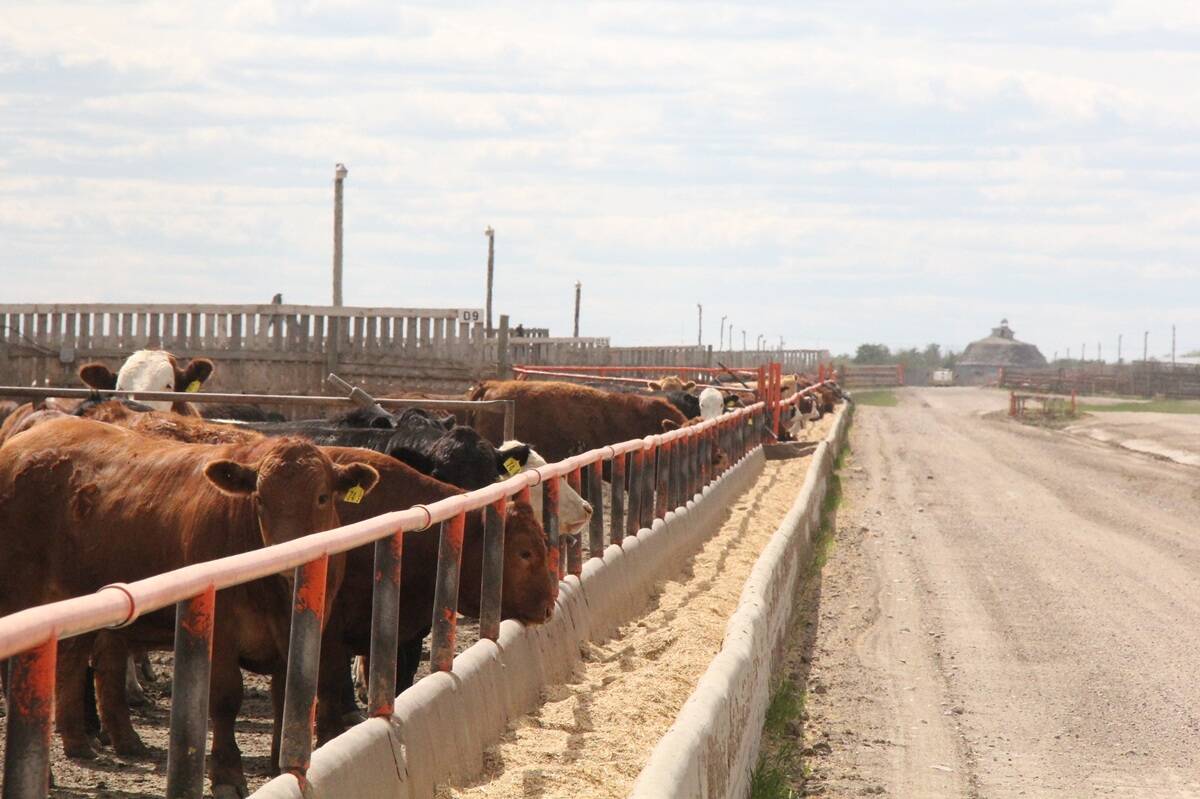Statistics Canada’s August model-based crop estimate came in at 9.4 million tonnes, up from the 2021 output of seven million tonnes and up marginally from the five-year average of 9.2 million tonnes. Supplies are sharply higher than last year but the domestic feed market has rallied nearly $60/tonne from the pre-harvest lows. What is going on? I’ve received many calls from cattle producers inquiring about the recent strength in the barley market.
During the first half of October, Lethbridge-area feedlots were buying feed barley in the range of $400-$420/tonne while central Alberta operations were making purchases from $385-$415/tonne. Traditional truck freight spreads from southern Alberta to the non-major feeding regions of Western Canada have eroded. This is largely due to a strong offshore movement in the first half of the 2022-23 crop year. Many analysts look at the annual supply and disposition of barley which is not overly tight. However, professional traders look at the Canadian barley supply and disposition by month. This provides a competitive advantage to understand the overall barley market. If you do not have monthly analysis of the Canadian barley fundamentals, you are behind the eight ball. You must analyze the market like a multinational grain trader.
[RELATED] Feed weekly outlook: Grain supplies good, freight costs higher
Read Also

Unwinding the fibre in feedlot cattle diets
Research into how barley rolling method and undigestible NDF levels affect animal performance and digestive health in finishing diets
During the first three months of 2022, Canadian barley offers off the West Coast were competitive with those of French origin into Chinese destinations. Talk in the grain trade is that there were about 1.0 to 1.5 million tonnes of barley sold to China for the first half of the 2022-23 crop year. Elevator bid prices in central Alberta and central Saskatchewan were hovering at $8-$8.50/bu. or $367-$390/tonne for fall 2022 delivery. Chinese buyers didn’t increase coverage beyond January 2023. The World Trade Organization ruling regarding China’s 80.5 per cent tariff on Australian barley is due in December. There is a high probability this will be in Australia’s favour. Grain companies bought approximately 1.5 million tonnes from Canadian barley farmers for fall delivery back in the winter and spring. Long-term forecasts at the time were for above-normal precipitation and Canadian farmers are becoming more market savvy. Farmers usually fulfil current sales contracts before selling additional volume. Farmer deliveries into the elevator system have increased in September and October but this volume is committed.
The Canadian barley harvest was completed in mid-September but the U.S. corn harvest only moves into high gear in mid-October. Most major feedlot operators switched over from corn to barley in September because barley was trading at a sharp discount to imported U.S. corn.
[RELATED] CBOT weekly outlook: Cordonnier sees little change in U.S. corn, soy yields
I have included a monthly barley supply and disposition for the first five months of the crop year (see below). Farmer deliveries from October through December need to exceed 1.1 million tonnes per month to satisfy the demand. Total Canadian barley demand for August was only 300,000 tonnes. Demand increased to 800,000 during September and then exceeds 1.1 million tonnes from October through December. Notice that deliveries from October through December need to exceed 1.1 million tonnes to satisfy the demand. Keep in mind approximately 400,000 tonnes per month were purchased earlier in winter. The function of the market during the fall period is to rise high enough to pull additional volume from the farmer. Farmers in Saskatchewan that sold for $8/bu. earlier in winter will hold out for a higher price. That is the nature of human psychology. It is hard to pull additional volume from farmers’ hands when the crop size is only 9.4 million tonnes.

The Canadian barley crop is significantly larger than last year. However, the monthly supply and disposition are relatively tight due to the large export program to China in the first half of the crop year. The barley market will continue to ratchet higher until the price of imported corn caps the upside. At the time of writing this article, U.S. corn was offered into the Lethbridge area at $460/tonne. The corn market will likely come under pressure during the main harvest period but the weaker Canadian dollar has offset the decline in the corn futures market. Feed barley prices are similar to year-ago levels, despite the year-over-year increase in production. This will limit the upside in the feeder market as feedlots factor in higher costs per pound gain.
















